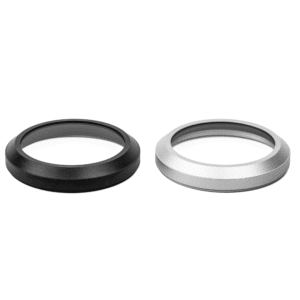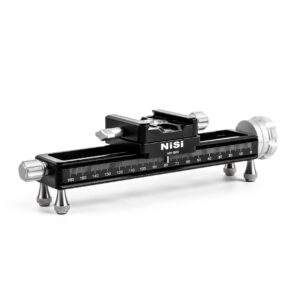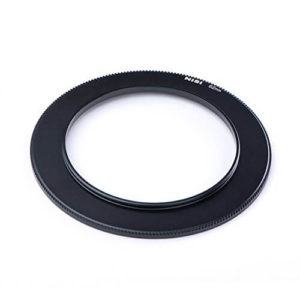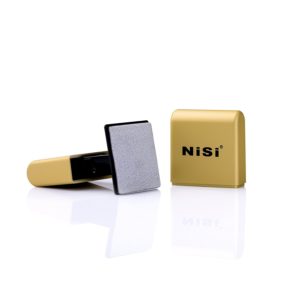Choosing what ND filter to choose is not easy as there are several things to consider. The density or strength of the ND filter is one of the choices that seem more difficult when we decide to buy one, in this article we will find out how different Neutral Density filters create different effects on the photo and how getting started is simpler than you think.
Why buy an ND filter?
In simplest terms, an ND (Neutral Density) filter is the fourth way to manage light in your photography, the primary three being ISO, shutter speed and aperture. In landscape photography, these three tools are fixed and therefore a fourth way is needed to manage the exposure, i.e. ND filters. Let’s briefly see why the 3 ISO settings, aperture and shutter speed are considered as “fixed”:
ISO
We want to keep the nominal value because the sensor has the best performance at this value. Therefore greater dynamic range, less noise (and therefore greater detail and image cleanliness). At most, we vary 1-2 stops from the nominal value, the lower the better.
Aperture
Again we want to define the depth of field and the quality/sharpness of the image. There is a fairly narrow range where the lens has the best sharpness performance (usually between f/8 and f/11). In addition, the aperture also affects the depth of field, so we want to be sure that the whole field of view is clear and in focus (in most situations). In this case too we can vary about 1-2 stops, usually, the range is between approximately f/7.1 and f/14.
Shutter Speed
Once the first two values have been defined, only shutter speed remains. So if we want the photo to be correctly exposed, we have to choose the only value that satisfies the two above (with some tolerance between 1 and 4 stops given the margins that we explained in the two previous paragraphs). Therefore there are only a few shutter speeds that can lead to correct exposure, limiting our creativity. Because photography IS creativity and not mere execution, we need another tool to manage the light and allow us to choose the shutter speed that we want.
This tool is the ND filter
We recommend reading our article showcasing some examples of the use of shutter speed and ND filters in landscape photography.
Which density/strength to buy?
This question has certainly crossed the mind of anyone approaching ND filters for the first time, as well as anyone looking to expand their creativity with new filters. The density is nothing more than the absorption factor of the filters, the higher it is, the more light is blocked and we have to increase the shutter speed to compensate. For more detailed explanations; you will find an exhaustive explanation of ND filters names and numbers here and in this article about how to calculate times with ND filters including a conversion table.
The 3 most common ND filters are; 3, 6 and 10 Stop, their use can be described as follows.
3 Stop ND filter (ND8, 0.9)
Reduces light 8 times, so we have to multiply the shutter speed by 8 after inserting the filter. It is not suitable for shots in very bright sunlight, but preferably from late afternoon to the evening after sunset. In the late afternoon it is useful to lengthen the time enough to make a slight movement in the waves, without making the whole sea silky. After sunset or in very low light, however, it can allow you to shoot even 1-2 minutes or more of exposure. It is also used for photos of streams, rivers or waterfalls, especially in the woods where the light is already scarce.
6 Stop ND filter (ND64, 1.8)
With this ND filter the light is reduced 64 times, so if we shoot for 1″ without a filter, we should go up to 1 minute and 4 seconds after mounting the filter (64″). Using a 6 stop ND filter it is really useful to have a remote shutter release so you can shoot over 30″ in Bulb mode (if your camera has this limitation). A ND 6 stop filter is widely used as a first filter, because it allows you to take some long exposure beyond 5-10 seconds also in the afternoon, while at sunset and shortly after it allows you to shoot for beyond 2 minutes with little effort. You can get cloud movement or very flat sea.
10 Stop ND filter (ND1000, 3.0)
With a light reduction of 1000 times it is one of the best-selling filters to experiment the long and very long exposure from the early afternoon if the daylight is not too harsh or there is cloud coverage. When light falls, the effect is accentuated, however immediately after sunset or even a little before the shutter speed can be really very long (over 5 minutes).
Thanks to the availability on the market of the extensive NiSi range, it is possible to purchase virtually every density from 2 to 20 Stops, thus leaving extreme freedom of expression. The 8 Stop is also a best-selling product because it allows you to obtain long and very long exposures even with the sun lower on the horizon, where a 10 stop would have been too much. While the 15 stop is perfect for long daytime exposures or in architectural photography. Read our guide about daytime long exposure.
Our advice in choosing the first ND filter is to focus on the 6 or 10 Stop, then once you have a little experience you will know if you want a 3 stop, an 8 stop or a 15 stop as the second filter. Most photographers, over time, equip themselves with 3-4 ND filters or more, to have the greatest shooting freedom and expression possible.
Examples of different ND filters strength
When choosing the ND filter and the density, it is good to check comparative shots. Different exposure times, and therefore different densities of ND filters, can drastically change the result.
For most professional photographers, or for landscape photography enthusiasts, the use of ND filters (together with GND, Graduated Neutral Density, and polariser) is considered fundamental during shooting. The result obtained is incredibly satisfying and allows us to obtain the best possible RAW file to develop in post-production.
Examples of photos taken with different densities of ND filters are shown below


The photo on the left was taken with an ND 6 stop, in addition to a GND 3 Stop Hard and the polariser. On the right, however, the 6 Stop has been replaced by a 10 Stop.
The movement of the clouds is moderate in the left photo (6 stops) while it is very prominent on the right. In addition, the water is also much smoother and silkier in the right photo. The light is constantly moving, especially during the days with low clouds, a slightly shorter shot like the one on the left allowed us to capture a moment of more intense light. Instead, in the photo on the right with several minutes of exposure, there was a general balance of exposure. This is due to the passage of a cloud blocking light during part of the exposure time.
Despite we tried to recreate two similar shots in post-production, it is evident that only changing the ND filter from 6 to 10 stops has allowed us to obtain a very different shot. Without having switched the GND filter or adjusting the Polariser.
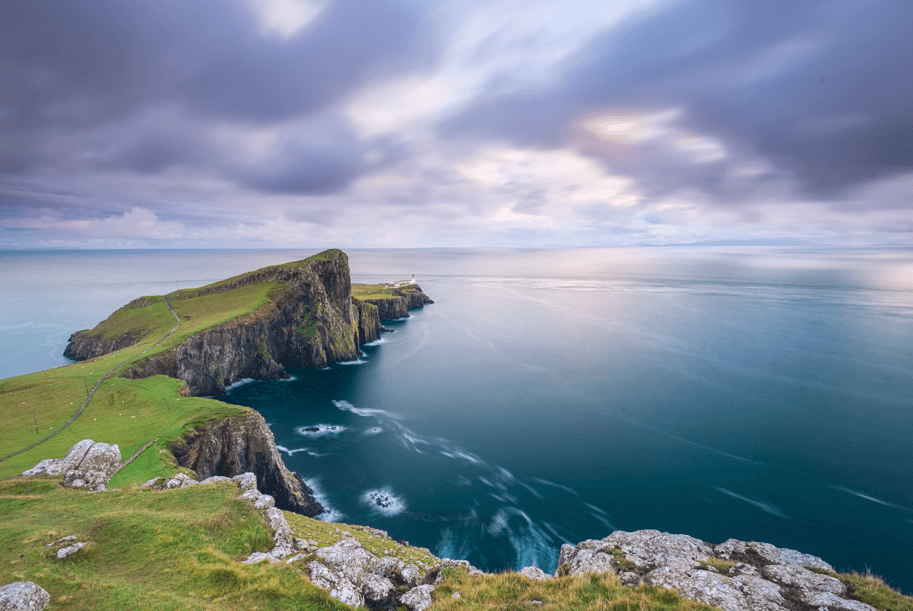
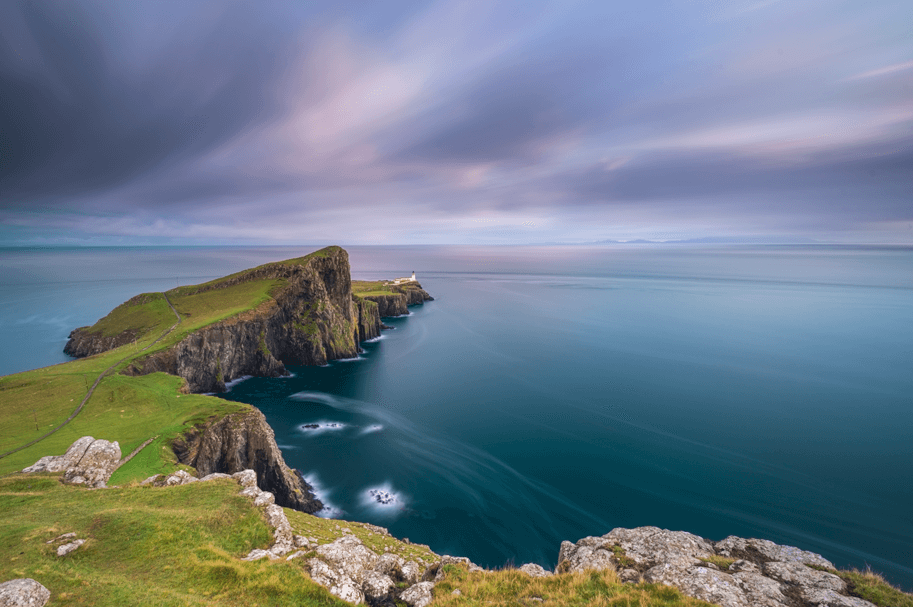
In this shot, we have a situation similar to the previous one: ND64 6 Stop filter on the left and ND1000 10 stop on the right.
With the 6 Stop the clouds are more defined, the light on the water creates accentuated contrasts and the foam on the ocean is clearly visible. Increasing the exposure time to compensate for the use of the 10 Stop we obtain a long movement effect in the clouds, the light is softer and the sea is filled with soft trails that guide the eye. Two different shots, with their characteristics, created by two different ND filters: 6 and 10 stops.
Products used in these photos
Fro both of previous photos the photographer has used the below products. The NiSi V6 Holder includes a Polariser and other accessories.
-
GND 100 Series
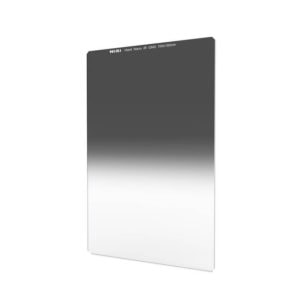 100x150mm Hard GND8 (0.9) 3 Stop Filter
100x150mm Hard GND8 (0.9) 3 Stop Filter -
ND 100 Series
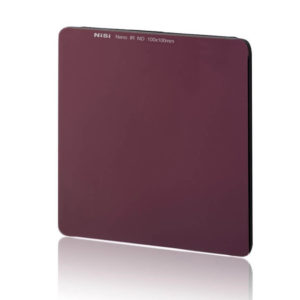 100x100mm ND1000 (3.0) 10 Stop Filter
100x100mm ND1000 (3.0) 10 Stop Filter -
ND 100 Series
 100x100mm ND64 (1.8) 6 Stop Filter
100x100mm ND64 (1.8) 6 Stop Filter
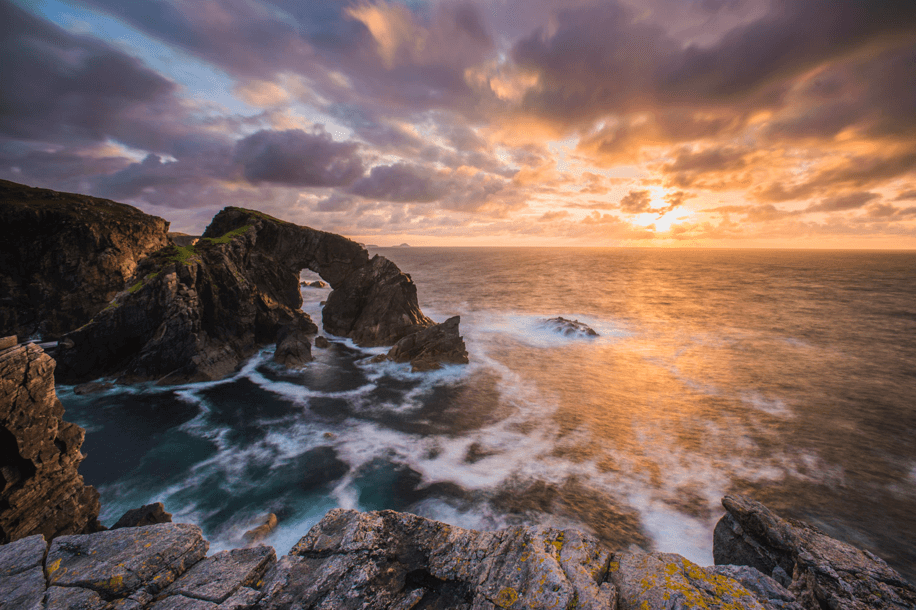
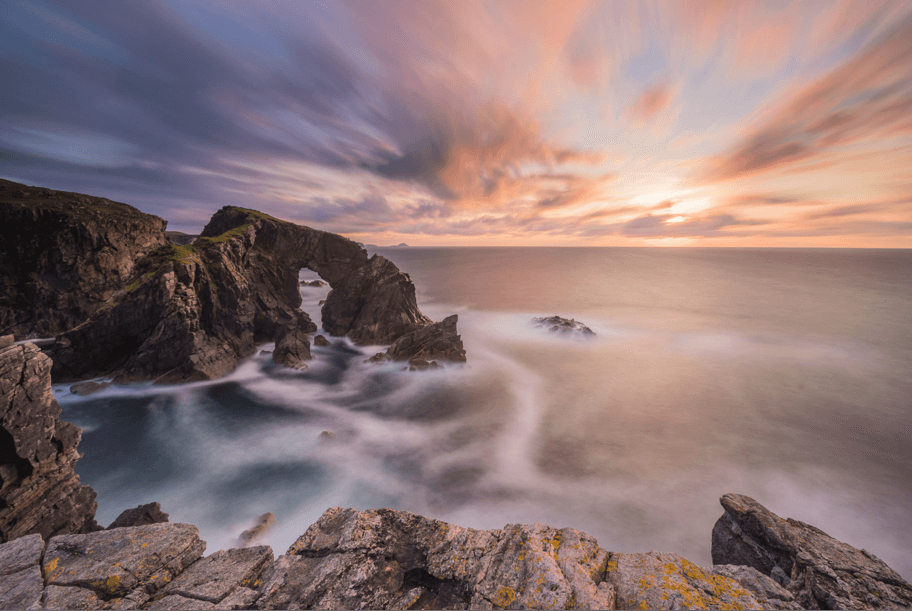
ND16 filter 4 stops on the left and ND256 8 stops on the right.
In this shot we actually see how much the shutter speed can change a photo: apart from being photos taken a few minutes apart, the only real difference is given by the ND16 or ND256. The photographer chooses how long to expose and therefore what result he gets. In the case of “long exposure” simulated by software, the result would have been completely different, especially on the waves and in general it would not have been possible to obtain such quality. The first shot, on the left, was exposed for a few seconds, impossible to obtain such an effect in post-production by blending some photos, we would have a pronounced ghosting effect and many artefacts. Photographic filters give you the freedom and joy of shooting, freeing your creativity.
Products used in this photo
-
GND 100 Series
 100x150mm Medium GND8 (0.9) 3 Stop Filter
100x150mm Medium GND8 (0.9) 3 Stop Filter -
ND 100 Series
 100x100mm ND256 (2.4) 8 Stop Filter
100x100mm ND256 (2.4) 8 Stop Filter -
ND 100 Series
 100x100mm ND16 (1.2) 4 Stop Filter
100x100mm ND16 (1.2) 4 Stop Filter
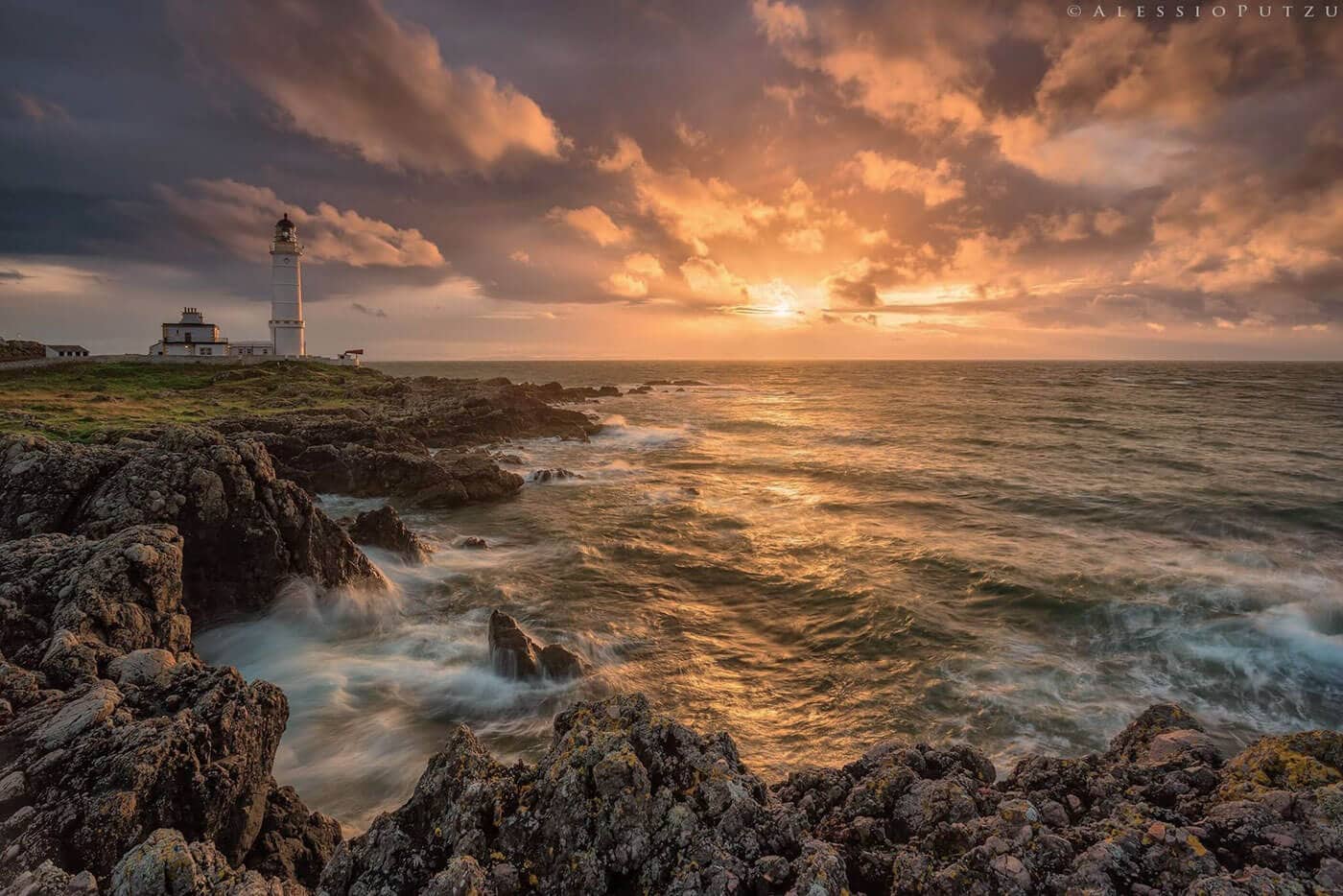
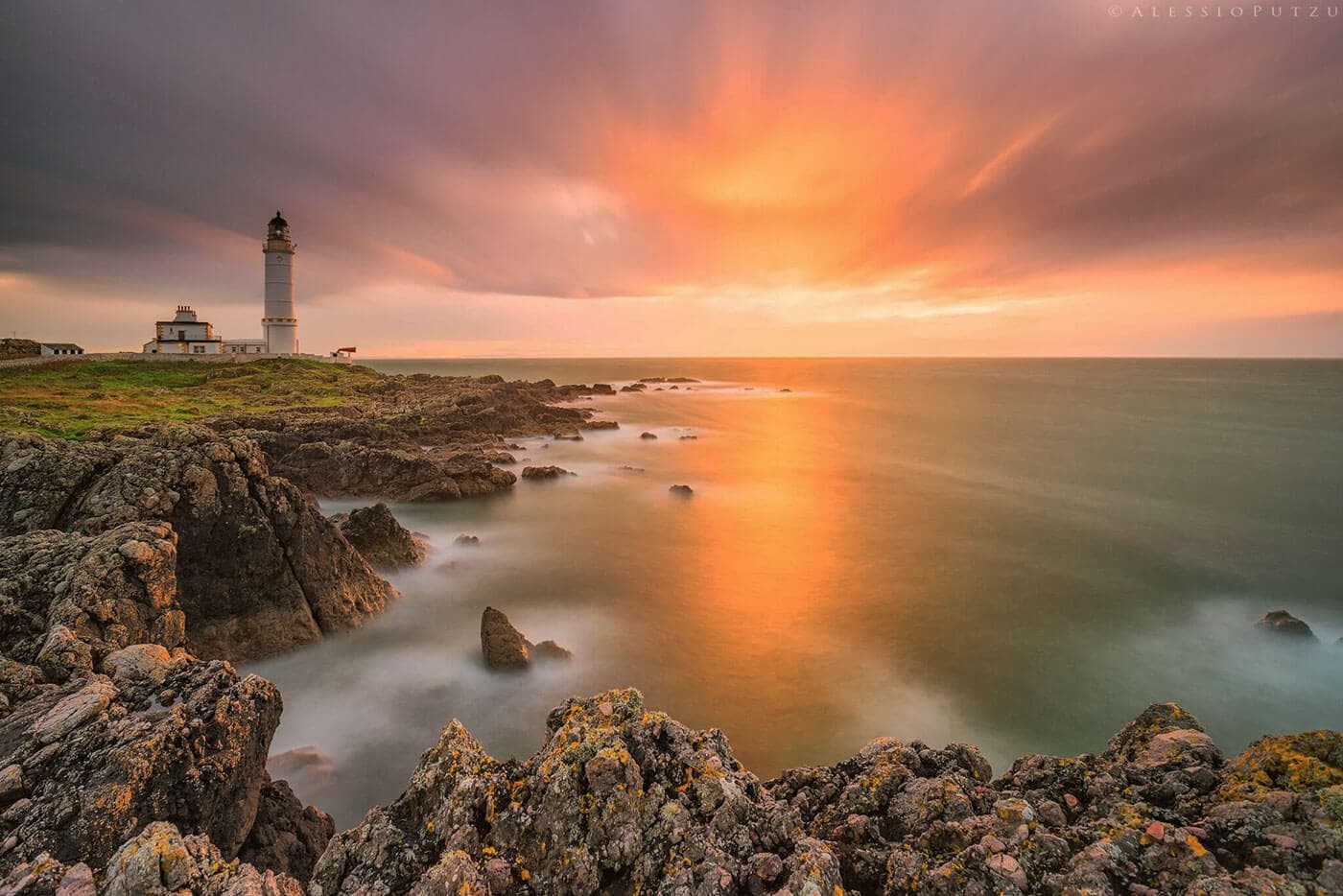
ND8 filter 3 stops on the left and ND1000 10 stops on the right.
In the photo on the left, the waves are moving but still with a defined shape, the force of the waves and the dynamism of the scene are well represented. The backlight, reduced by the clouds, has been expertly balanced with a 3-stop GND Hard filter, which has allowed us to capture the wide dynamic range (find out more about dynamic range). On the right, however, the use of a 10 stop has created gradual pastel colours, the filter has completely changed the photo.
Products used in this photo
-
GND 100 Series
 100x150mm Hard GND8 (0.9) 3 Stop Filter
100x150mm Hard GND8 (0.9) 3 Stop Filter -
ND 100 Series
 100x100mm ND1000 (3.0) 10 Stop Filter
100x100mm ND1000 (3.0) 10 Stop Filter -
ND 100 Series
 100x100mm ND8 (0.9) 3 Stop Filter
100x100mm ND8 (0.9) 3 Stop Filter
What ND filter to choose for landscape photography?
Most likely, looking at the shots above, it seems useful to get all intensities of ND filters. Although it is the most obvious answer, we try to give you a less expensive solution:
For those starting with long exposure it is very likely that beginning with 1 filter is a good idea. If you often shoot at sunset or sunrise, with low sun or even below the horizon, we recommend starting with a 6 stop or the classic 10 stop.
Once you become more expert, 2 or 3 ND filters are very likely to be the intermediate choice for many people. If you want to try shutter speeds closer to 1 or 2 seconds (for effects such as those on the last two photos on the left above), adding a 3 stop to your kit is ideal. Or if you already have a 6 stop and instead of making shorter exposures you want to make them longer, it is time to add the 10 stop. After all, the ND “Kit” par excellence is made up of 3-6-10 Stops.
The 8 Stop is among the most popular ND filters, thanks to the fact that it allows long exposure times, around the minute with low sun, which is an ideal shooting time for many photographers. In our wide range, you will also find the 15 stop filter which is very popular as it allows you to take incredibly long exposures at any time of day. For this reason, some photographers get the “extended kit”, i.e formed of 3-6-8-10-15 Stop ND filters. Either way and whichever route you take, we have the products you need.
Note: All the shots shown in this article are by Alessio Putzu, who kindly gave us permission to use them. In all the shots were used ND NiSi filters, GND NiSi and the Landscape Polariser included in the V6 Filter Holder Kit. The photos are intended to demonstrate the difference between the use of a filter of a certain density compared to another. All photos have been post-produced by the photographer at different times and with his personal style, therefore they should not be considered as laboratory tests regarding dominant colour or chromatic aberrations, defects of which NiSi filters are famous for being free from.
Save up to over 30% with ND Filter Kits
NiSi offers ND filter kits that allow you to save from a minimum of 10% up to 30% on the purchase of 2-3-4 filter kits. Included in all kits are the soft case for 4 filters, 4 replacement gaskets, a cleaning cloth and a guide to using the filters.


